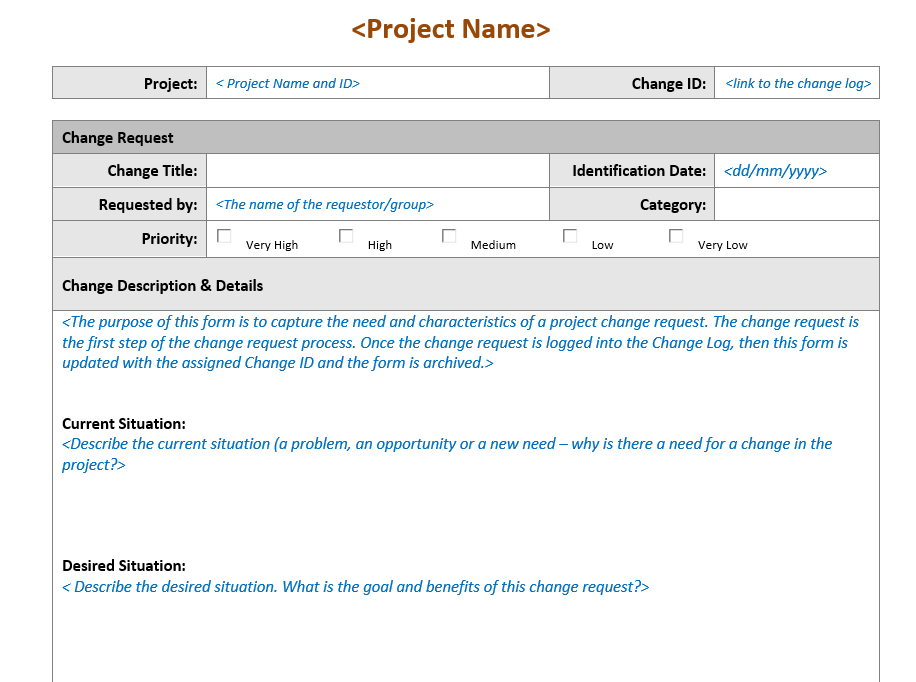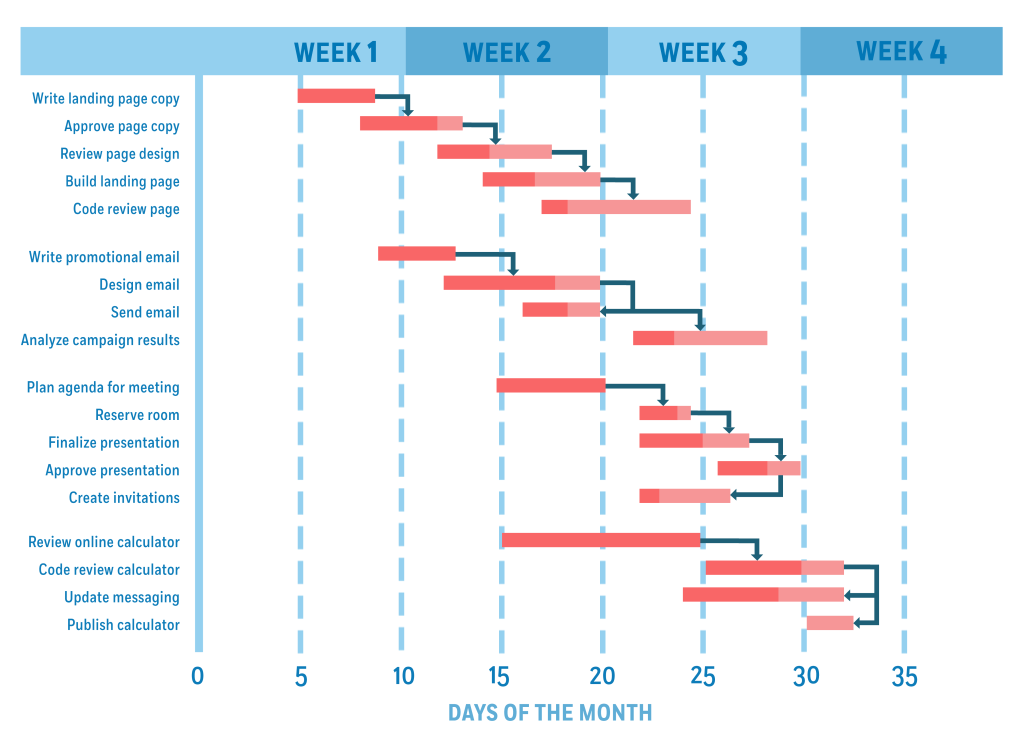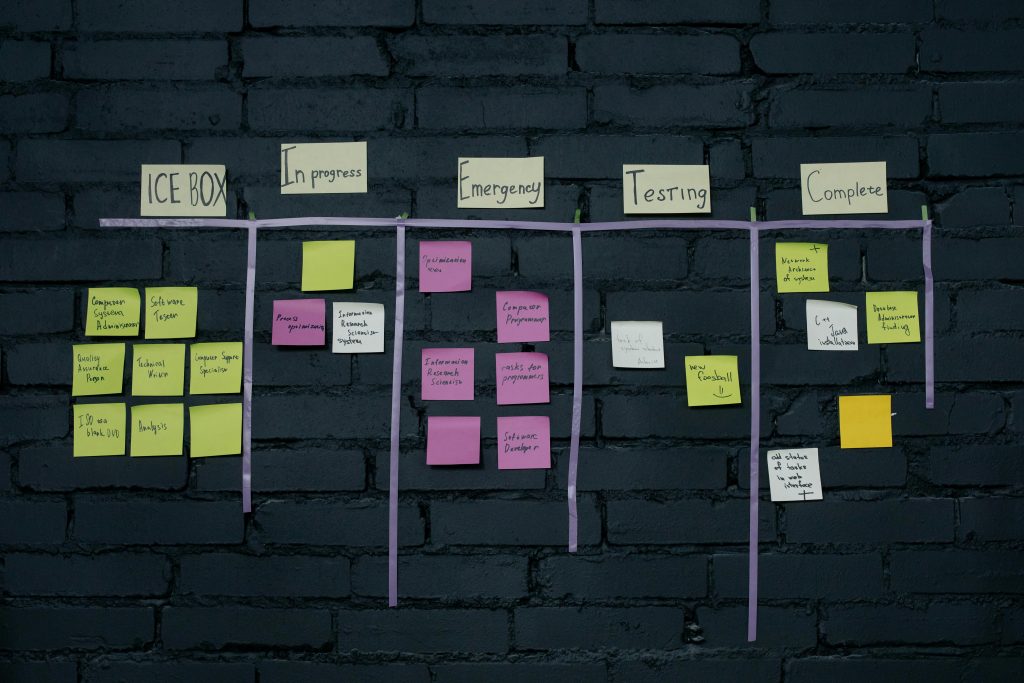Requirement changes are inevitable in most projects. Managing these changes efficiently ensures project success without compromising quality or timelines. This blog explores how to handle changes while maintaining stakeholder satisfaction.
1. Document All Changes
Record every change request using structured templates:
Every modification to project requirements should be documented using a Change Request Form (CRF) or a structured template. This should include:
- A description of the requested change
- The reason for the change
- Impact analysis on scope, timeline, and budget
- Approval status and responsible parties
Maintaining a well-documented change log ensures all stakeholders are informed and can make data-driven decisions regarding project adjustments.

2. Assess Impact
- Each change request should be reviewed to determine:
- Impact on project deadlines – Will it extend the development timeline?
- Budget adjustments – Does it require additional resources or expenses?
- Technical feasibility – Will the change introduce complexities or dependencies?
By conducting an impact assessment, teams can make informed decisions on whether to approve, modify, or reject change requests based on feasibility and business priorities.

3. Re-Prioritize
After evaluating the impact of a change, update the project roadmap to reflect new priorities. This includes:
- Reordering tasks based on urgency and dependencies
- Adjusting deadlines to accommodate additional work
- Communicating updates to all stakeholders to maintain alignment
Using tools like Agile boards, Gantt charts, or Kanban systems can help manage shifting priorities efficiently while ensuring a smooth workflow.

4. Communicate Clearly
Once a change is assessed and re-prioritized, update relevant stakeholders, including:
- Clients – Ensure they understand how changes affect the scope, timeline, and cost.
- Developers & Designers – Clarify updated tasks and priorities to avoid confusion.
- Project Managers – Adjust planning and resource allocation as needed.
Using status meetings, email updates, or project management tools (like Slack, Jira, or Trello) ensures everyone stays informed and can adjust their workflows accordingly.

5. Common Challenges and Solutions
Every project encounters obstacles, but identifying and addressing them early can lead to smoother development and better outcomes.
Challenges
- Unclear Requirements – Vague or incomplete specifications can lead to confusion and rework.
- Scope Creep – Uncontrolled additions to project scope can derail timelines and budgets.
- Miscommunication – Lack of clarity between stakeholders can cause delays and misunderstandings.
Solutions
- Clarify with Additional Meetings and Questions – Regular discussions help refine requirements and align expectations.
- Use Detailed Documentation to Track Scope Changes – Maintaining structured records ensures transparency and prevents scope creep.
- Maintain Regular Communication with Clients and the Team – Frequent updates via emails, meetings, or project management tools keep everyone informed and aligned.




